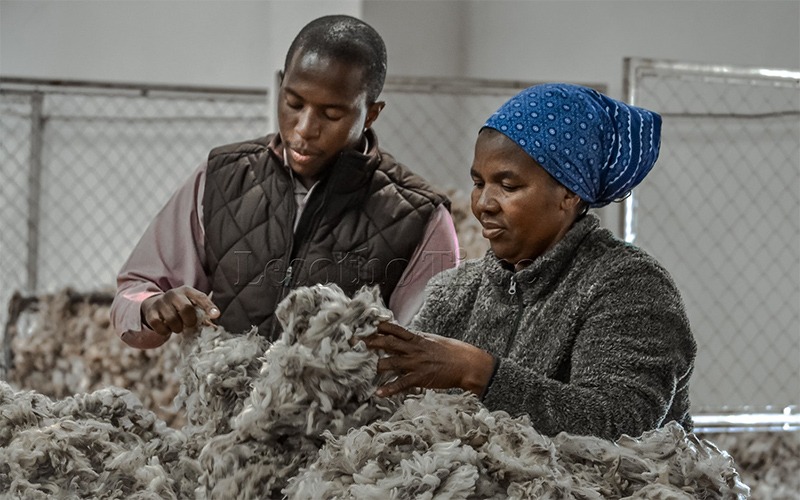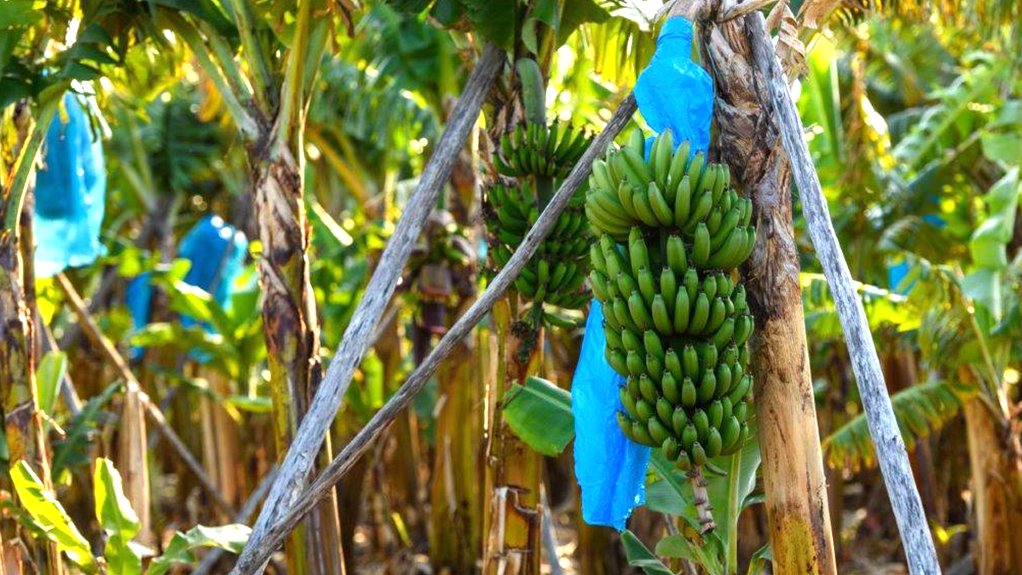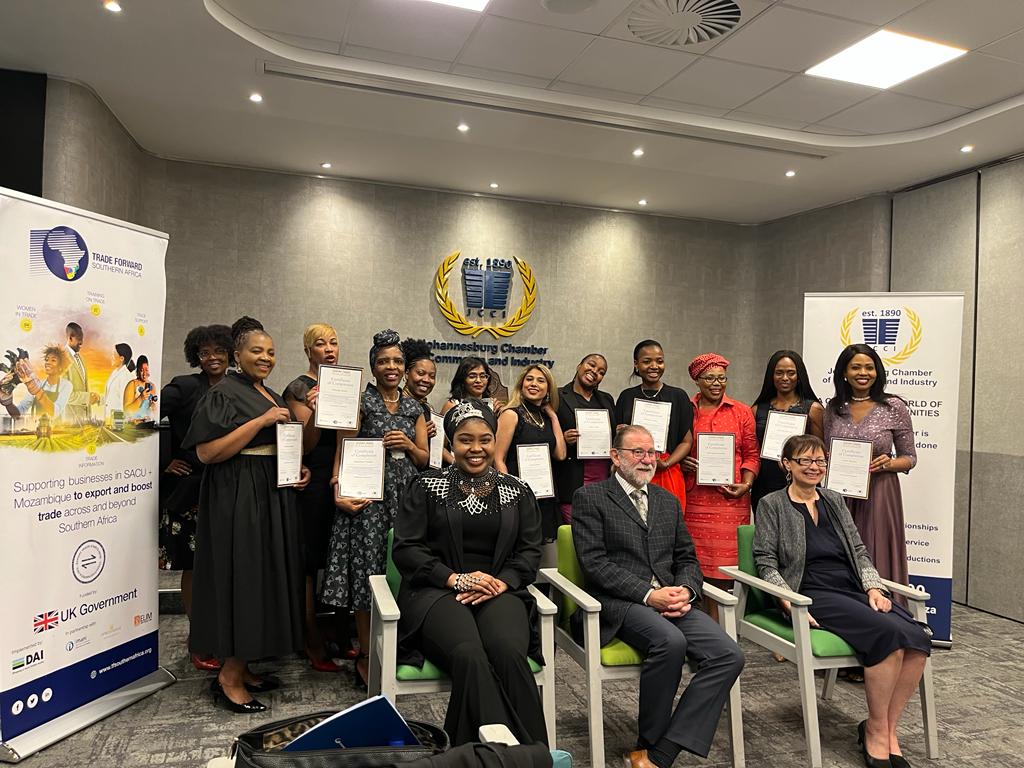Wool and mohair cottage industries were established in the late 1800s. The major objective of their establishment was to conserve the original art and also to sustain the traditional skills of weaving and hand crafted articles for local, tourist and export markets. The cottages were also instituted to create job opportunities for rural Basotho women while carrying out common domestic and seasonal activities.
A number of bottlenecks and constraints affect the ability of cottage groups to realise their full potential. Local cottage industry is hampered by a number of factors, including: limited access to finance, lack of access to reliable and sustainable markets, inability to access quality raw materials and adopt latest technologies, low levels of entrepreneurial and managerial skills and the fact that it is still dominated by old women(mostly). Most weaving enterprises make products, mostly tapestries, which no longer meet market demands in terms of product design and or quality.
To address the aforementioned challenges, the cottage industry and niche market development sub-component of the Wool and Mohair Promotion Project (WAMPP) led by the Department of Marketing (DoM) is putting its efforts towards strengthening capacity of cottage weaving groups in enterprise planning and management, marketing and product design and also to establish linkages with international and local markets.
Since the project inception, the sub-component has made its mark on the following:
The DoM through WAMPP has commissioned Niche Market and comprehensive Market study with the objective to identify suitable market outlets to absorb locally produced fibre products.
The DoM in collaboration with WAMPP has mobilised over one hundred and thirty eight (138) youth nationwide to venture into wool and mohair cottage industry. This is done in an effort to curb high unemployment rate faced by the youth.
The same youth were trained by Basotho Enterprise Development Corporation (BEDCO) on business management skills, technical skills in processing wool to design and produce products using crochet, knitting, and weaving.
As a result of the training, three (3) youth cooperatives were formed in the districts of Leribe, Maseru and Berea. Some of the products from the cooperatives are already being sold in the local markets.
The small-scale processing facility in Berea district is almost 90% complete and it is meant to assist the industry with value-addition activities such as cleaning of the fibre, dying, and yarn making.
The wool and mohair cottage industry has a potential to contribute towards national development goals. In order for the industry to unleash its potential, the DoM’s medium to long term plans include carrying out market requirements survey to determine the hospitality sectoral needs as far as wool and mohair products are concerned. In addition, cottage enterprises will also be trained to innovate trending wool and mohair products. The stakeholders are also working towards establishment of an online platform which is intended to promote the industry globally. A Cottage Technical Assistant has also been engaged for a period of nine months (April – December 2021), to further help support the growth of the cottage industry.
Source article: Lesotho Times








